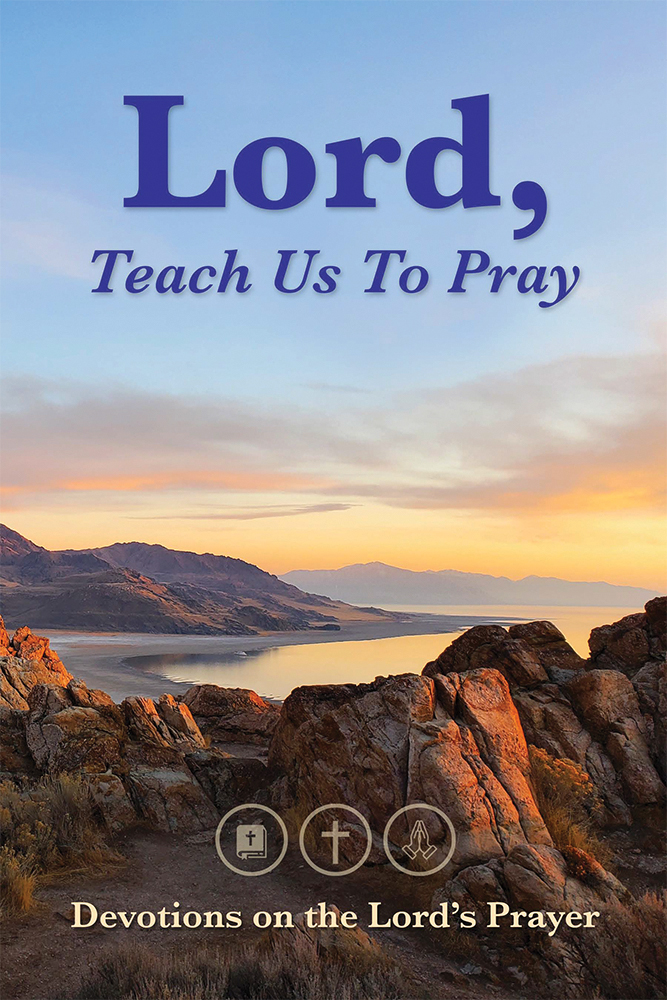A veteran of almost 20 years of ministry entered the classroom with a preconceived idea of what higher-level adult education (andragogy) would look like: linear and clean, organized and detailed. There were going to be tables and chairs facing one direction. At the head of the classroom there would be a podium at which the recognized authority would share extensive knowledge with the class. As you peered over the shoulder of the expert, a screen or a whiteboard would stand and be the well-used medium where all main points would be transferred from teacher to student. It was all expected and, because of that, it was also comfortable.

That presupposition was challenged immediately when the esteemed professor stated, “Students learn better when it is messy.” The tables that were expected to be linear were intentionally shaped in an octagon so that no one was at the head of the class, creating an environment where all were equals. The classroom authority insisted upon being called by his first name to remove the label that would discourage pushback against educational theories and expert commentary. Each person in the learning environment was recognized as a student, as the expert clearly demonstrated a desire to learn from all of the experiences gathered around the table. The whole thing was foreign and unsettling, but it was within that beautifully crafted intentional messiness that students experienced significant andragogical learning.
And with that intentional modeling, several andragogical concepts were made real for the newly formed learning community.
Seven Andragogical Concepts That Will Benefit Your Adult Learning Community: Part 1
1. Adult learning happens best when adults engage with the material.
Jane Vella writes, “Without engagement, there is no learning! The engagement of learners is not only an indication that they are learning, it is how they learn.” Adults learn best by doing. Dr. Malcolm Knowles’ research shows that adults learn 20 percent of what they hear, 40 percent of what they see and hear, and 80 percent of what they do for themselves. Adult learners especially need to do something with new information they are receiving in order to effectively integrate it into their lives and retain the information for future use. The pastor who teaches adults would be wise to prioritize the precious time in his Bible study to allow his adult learner the opportunity to interact with new material in case studies, problem-solving activities, or guided discussion among the table partners.
2. Adult learning finds value in immediate impact.
Because adults have shifted in their stage of life, learning has shifted from theoretical to practical and problem-centered. In their earlier years, information was important for information’s sake. Now, with experiences to draw upon, adults value knowledge that has an immediate practicality to it. How will this information have an effect on my day, assist me in my interaction with my family or community, or prepare me for challenges on the horizon? The pastor who serves as an instructor of adults would be wise to place an emphasis on helping his Bible class see the immediate impact of what is being learned.
3. Adult learning happens best when the teacher dies.
Gone is the “sage on the stage” model where the expert in the front has all the knowledge and the pupil in the desk is a passive receptor of information. Andragogy allows the teacher to facilitate without dominating. The role of the instructor shifts from a disseminator of information to a mentor and conversational guide. You could say that the learning is not reliant upon the teacher but is more self-directed by the learning community. The teacher remains a well-respected expert who paves the path for the discussion, but he removes himself from the path to allow the learning community to learn from one another.
Ed: More reflections on adult learning to come next month.

